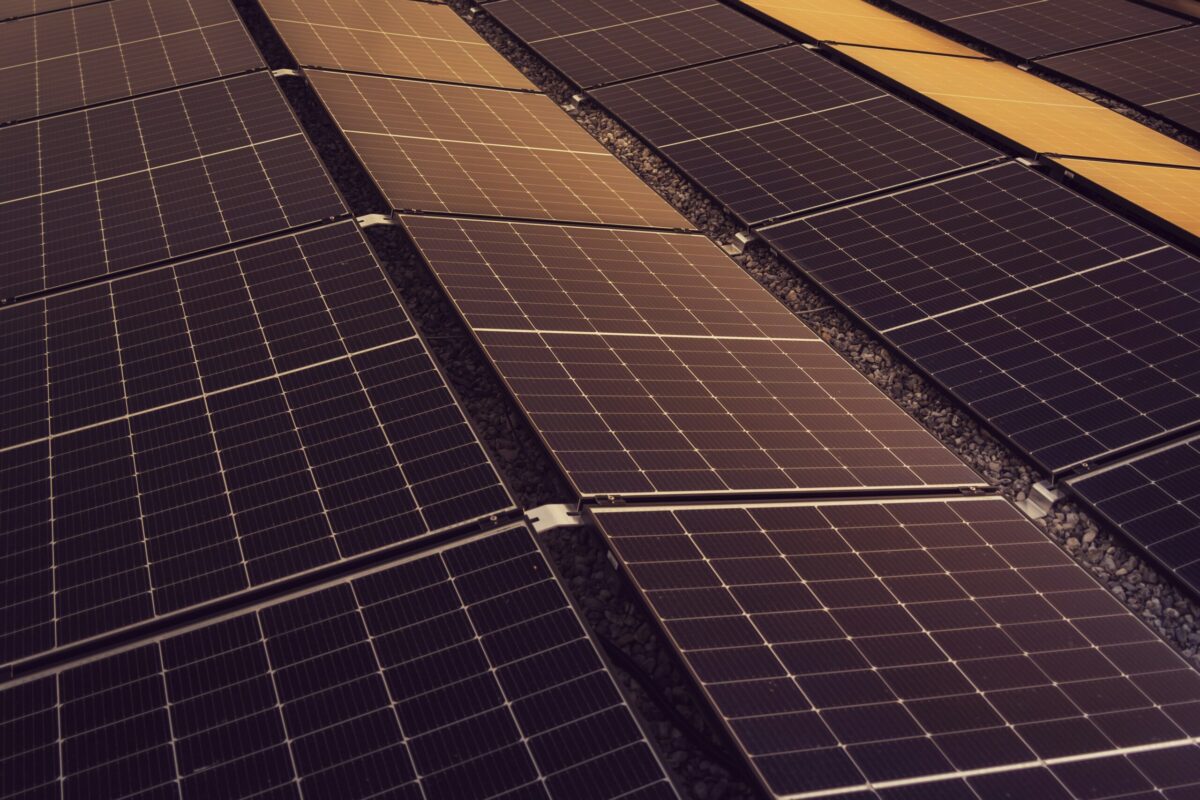Technology tamfitronics
A research team from South Korea’s Ulsan National Institute of Science & Technology (UNIST) has designed a wire-free transparent solar cell and module with all electrical contacts placed on the rear side. A 16 cm² module achieved a power conversion efficiency of 14.7% and successfully charged a smartphone using natural sunlight.
Patrick Jowett

Image: UNIST
Researchers from the School of Energy and Chemical Engineering at Ulsan National Institute of Science and Technology (UNIST) in South Korea have fabricated a new transparent solar cell and module.
The team’s design features an all-back-contact (ABC) configuration, which places all electrical contacts on the rear side, creating a glass-like transparent crystalline silicon (c-Si) cell. They also developed Seamless Modularization technology to eliminate gaps between devices without using metal wires, resulting in a metal wire-free solar module.
The ABC design “not only demonstrates high power conversion efficiency (PCE) in solar cells but also ensures unobstructed visibility through transparent solar modules,” the researchers said in “All-back-contact neutral-colored transparent crystalline silicon solar cells enabling seamless modularization,” recently published in Proceedings of the National Academy of Sciences.
The team’s ABC-transparent c-Si solar cell achieved a PCE of 15.8% while maintaining an average visible transmittance of 20%, while a 16 cm²-sized transparent solar cell module recorded a PCE of 14.7%. The output voltage and power were systematically tuned from 0.64 V and 15.8 mW for a 1 cm²-sized unit cell to 10.0 V and 235 mW for a 16 cm²-sized module.
The solar module also proved capable of charging a smartphone using natural sunlight.
Researcher Jeonghwan Park and Research Assistant Prof. Kangmin Lee said the study “fundamentally solved the aesthetic problem of the existing solar cell modularization method.” They explained that the transparent silicon solar cell could be used in various industries and in small devices, as well as buildings and automobile glass.
“We have opened a new path for modularization research, which is essential for commercialization of transparent silicon solar cells,” added Prof. Kwanyong Seo. “We plan to continue further research so that transparent solar cells can become a key technology in the eco-friendly future energy industry.”
In March, a UNIST research team designed a PV-powered scalable photoelectrochemical system that produces green hydrogen.
This content is protected by copyright and may not be reused. If you want to cooperate with us and would like to reuse some of our content, please contact: [email protected].
Popular content




